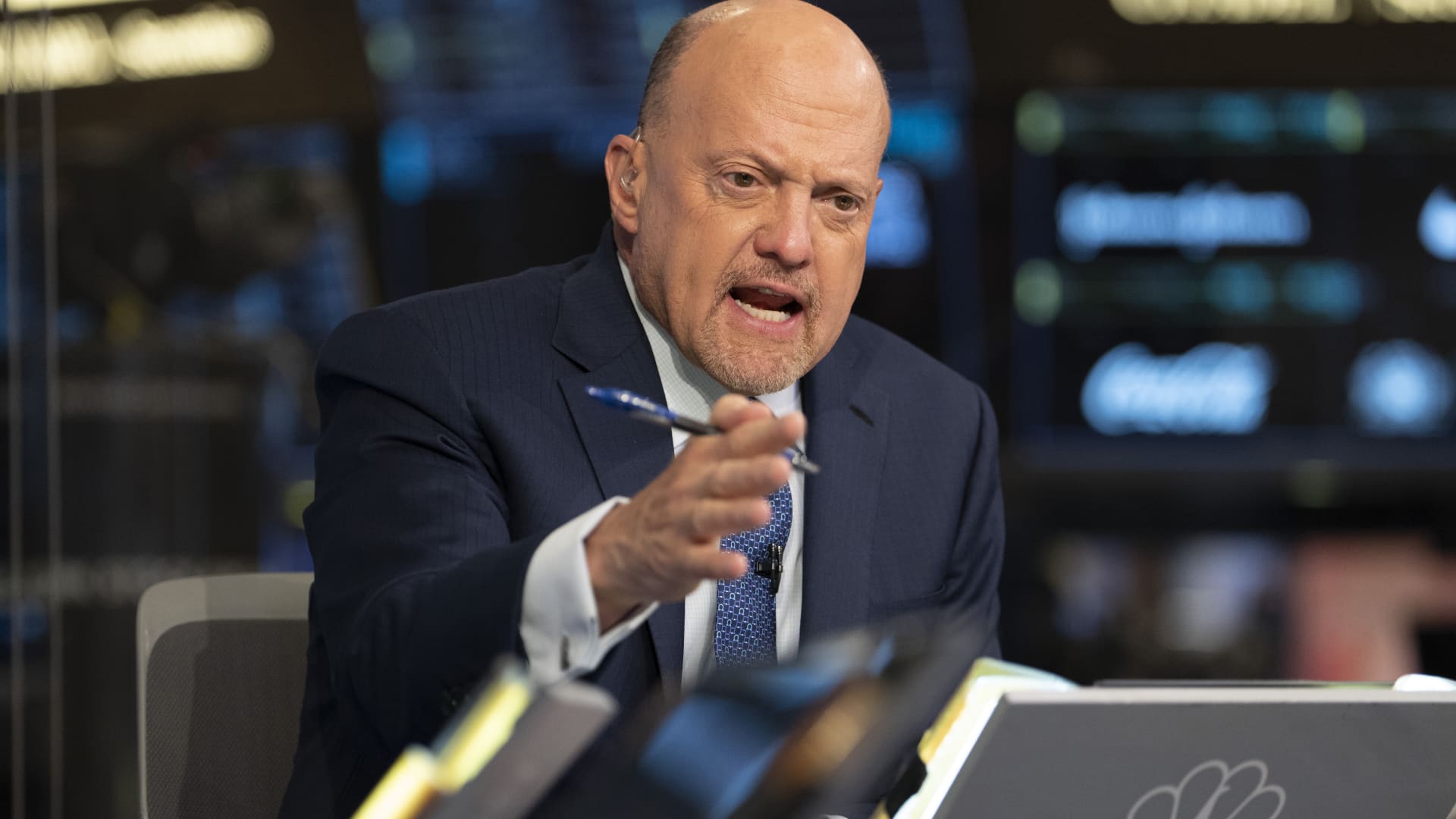Horse Powertrain Wants To Hybridize Your Electric Car

Sign up for CleanTechnica’s Weekly Substack for Zach and Scott’s in-depth analyses and high level summaries, sign up for our daily newsletter, and/or follow us on Google News!

Are you sitting down, CleanTechnica readers? The supposed slowdown in the EV revolution has already caused many manufacturers to reassess their electric car strategy and think about building plug-in hybrids instead. Now a new company called Horse Powertrain is touting an entire PHEV retrofit package it says is a drop-in replacement for front-wheel-drive EVs.
You might think Horse Powertrain is a one-car-garage startup, but in fact it is a collaboration between Renault, Geely, and Aramco that calls itself “an independent new powertrain solutions business with over 125 years of heritage from Renault and Geely.” It claims to have “a well established global manufacturing footprint with 17 plants and 5 R&D centers on 3 continents.” The company’s Future Hybrid Concept will be on display at Auto Shanghai, which takes place between April 23 and May 2, 2025.
Horse claims that its future hybrid system will allow manufacturers to build an EV and a hybrid on the same assembly line, which will reduce complexity significantly. The unit bolts directly to the vehicle’s subframe and minimal modifications are required to make it work with the existing electrical architecture. Of course, there are a few other pieces needed to complete the process, like a gas tank and an exhaust system. Hmmm … perhaps Elon Musk might be a candidate for this new technology, which promises the internal combustion engine can run on anything that will burn, from gasoline and diesel, to biofuels and synthetic fuels.
The powertrain can work as a range extender for the high-voltage battery already in an electric car, while the integrated transmission can work on its own, providing power to the front wheels, or together with the electrically powered rear axle for an all-wheel-drive configuration. Mounted crosswise in the front engine compartment, the integrated power unit comes with all the necessary power electronics systems needed for a hybrid powertrain, including a controller, inverter, DC-to-DC converter, and onboard charger.
InsideEVs speculates that cars like the Hyundai IONIQ 5 and Porsche Taycan could be retrofitted with Horse Future Hybrid system. Although, why anyone would want to bastardize a perfectly fine electric car is pretty much a mystery. However, smaller automakers with limited resources could turn to Horse Powertrain for assistance in transforming their upcoming affordable electric cars into hybrids, presumably to calm the jitters of first time EV drivers who worry they might have to stop every 300 miles to charge their batteries.
“Horse Powertrain is focused on solving the biggest problems facing automotive OEMs,” said Matias Giannini, the company’s CEO. “For over a decade, it looked like battery electric vehicles were the only path to net zero, and OEMs planned accordingly. However, we’re now shifting towards a technology-neutral world, with different markets and applications each pursuing their own sustainable mobility journey.”
“Our Future Hybrid Concept helps OEMs solve this problem. Through our innovation, we can deliver a full hybrid powertrain system that seamlessly integrates onto a battery electric vehicle platform. This compact, integrated powertrain concept allows OEMs to offer powertrain diversity with minimal disruption to the production process and resource expenditure,” he said. The Horse Powertrain drop-in hybrid system is expected to start being fitted to production vehicles in 2028. The cynics among us think by then the demand for plug-in hybrids will be falling as improvements to public facing Level 2 and Level 3 charger infrastructure take place.
All Things To All People
In a press release, Renault and Geely said they believe a combination of various powertrain technologies is necessary, including highly efficient internal combustion engines, lower carbon e-fuels, and hydrogen, to achieve a successful decarbonization in a world where more than half of vehicles produced are expected to still rely on combustion engines by 2040. Horse Powertrain sees itself as a new player that will disrupt the game and pave the way for ultra-low emission hybrid and combustion technologies.
The company will design, develop, produce, and sell hybrid and combustion powertrains with state of the art technologies, including engines, transmissions, hybrid systems, and batteries. Both Renault and Geely expect to benefit from an immediate scale effect and increased market penetration. Supported by the transfer of intellectual property (IP) from Renault Group and Geely, Horse Powertrain is developing future powertrain technologies that address all customer expectations, particularly in the field of alternative fuels such as green methanol, ethanol, and hydrogen. The company’s product portfolio and regional footprint could offer solutions for 80 percent of the growing global hybrid and combustion powertrain market.
Horse Powertrain will supply multiple industrial customers — including Renault Group, Geely Auto, Volvo Cars, Proton, Nissan, and Mitsubishi. The company is ready to engage with customers and partners around the world to support them with end-to-end solutions in powertrain technologies and welcome partners who will further strengthen the value chain. “We believe there is no one size fits all solution to sustainable mobility, so we are investing in new technologies which will support the automotive industry and other sectors requiring power generation, in their transition to a more sustainable future,” says Patrice Haettel, CEO of Horse Powertrain.
Horse Powertrain Marine Division
Horse Powertrain is about more than plug-in hybrids. It is also prepared to supply traditional mild hybrid powertrains along with both manual and automatic transmissions. It has forged a partnership with Brazil’s Hybdor to create the world’s first flex-fuel marine PHEV for Class 2 vessels between 26 and 40 feet in length. It will be one of the world’s first commercial marine engines capable of running on ethanol fuel.
The Hybdor Duotech 200E uses a pioneering plug-in hybrid powertrain designed for use in yachts. Horse Powertrain will supply its 1.3-liter 4 cylinder Turbo Flex Fuel HR13 engine. Like PHEV powertrains for land vehicles, the Hybdor Duotech 200E will be capable of operating in both pure combustion and pure electric modes. It will also feature a “boost” mode that combines both combustion and electric power to provide increased continuous power. The powertrain’s battery can also be charged while moving in combustion mode, along with being charged by plugging into a power outlet. When plugged in, the PHEV can be fully charged in just 90 minutes.
Produced locally at the Horse Powertrain factory in Curitiba, HR13 can deliver peak power of 163 PS (160 hp) and a maximum of 250 Nm of torque at 1,600 rpm. The electric motor will add another 25 PS (34 hp) peak power and 60 Nm of maximum torque. The engine is optimized to run on gasoline and ethanol flex fuels that are standard in the Brazilian market. This makes it one of the world’s first commercial marine powertrains designed to operate with flex fuels while also supporting pure-ethanol combustion.
There is no doubt that Horse Powertrain has all the bases covered. Whatever a company’s needs are for powertrains, Horse has a solution available. There certainly is a window of opportunity here for hybrid, plug-in hybrid, and flex-fuel powertrains. The only question is, how long will that window remain open?
 Whether you have solar power or not, please complete our latest solar power survey.
Whether you have solar power or not, please complete our latest solar power survey.
Have a tip for CleanTechnica? Want to advertise? Want to suggest a guest for our CleanTech Talk podcast? Contact us here.
Sign up for our daily newsletter for 15 new cleantech stories a day. Or sign up for our weekly one if daily is too frequent.
CleanTechnica uses affiliate links. See our policy here.
CleanTechnica’s Comment Policy
This post has been syndicated from a third-party source. View the original article here.




